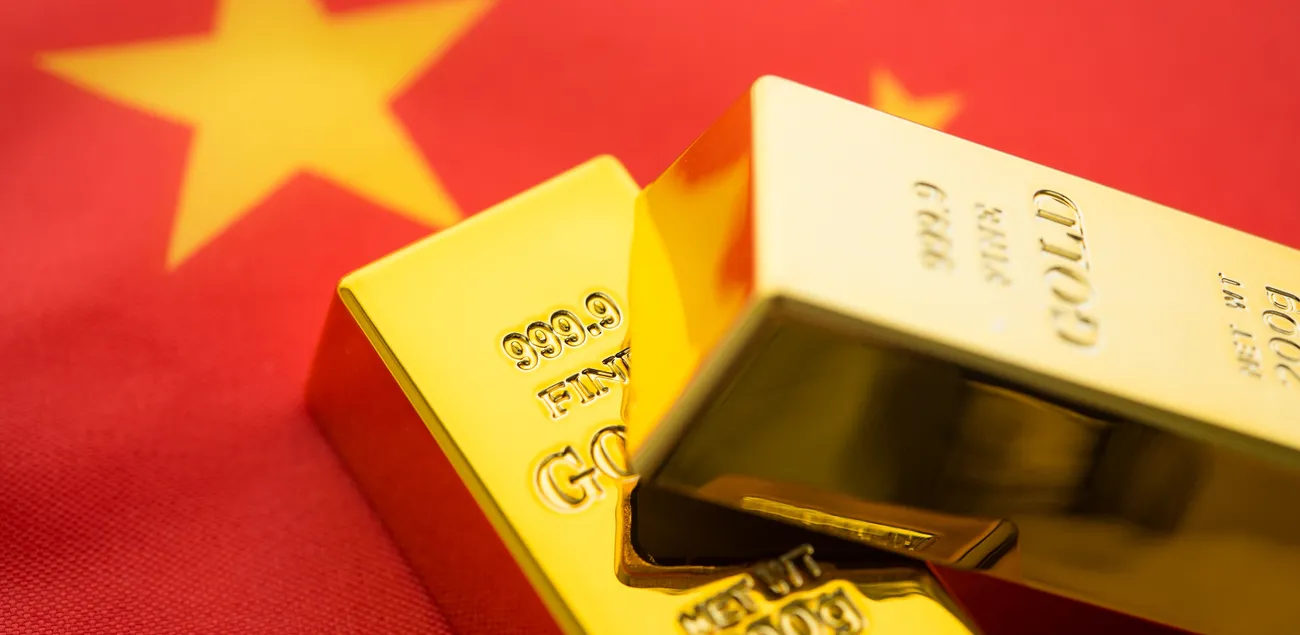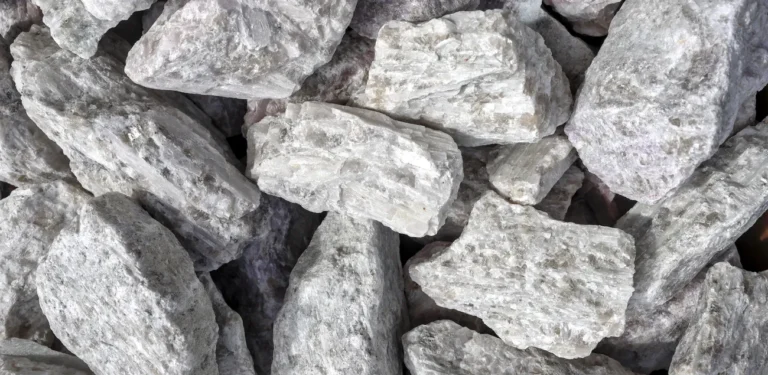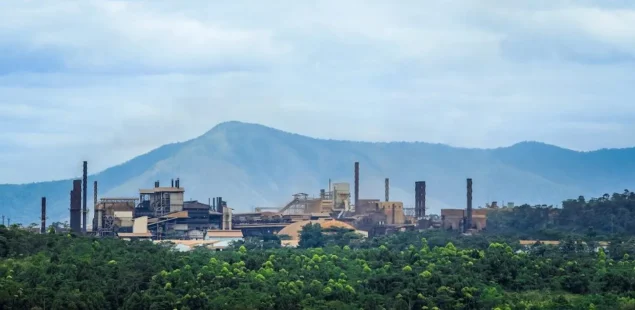
Polyus, Russia’s biggest gold miner, and Nornickel, the world’s leading palladium supplier, have quietly stepped up deliveries of gold- and silver-rich ores to China, pushing first-half exports of precious-metal materials to about $1 billion—an 80 per cent jump from a year ago, Chinese customs data collated by Bloomberg show. The shift underscores how Western sanctions imposed in 2022 have squeezed Russia out of its traditional bullion outlets, leaving Beijing one of the few remaining doors still ajar.
Sanctions Funnel Metals South to Chin
Western customers all but slammed the door on raw Russian bullion after the invasion of Ukraine: the Group of Seven barred new gold imports in June 2022, and the London Bullion Market Association yanked Russian refiners’ accreditation. Shut out of Europe and North America, miners have rerouted output toward Asia—chiefly China, whose smelters can blend Russian concentrates with other feed before selling refined metal on global exchanges. At home, Russian retail investors soaked up only 75 tonnes of gold last year, while the country’s mines turned out more than 300 tonnes, leaving producers little choice but to look abroad.
Silver and PGM Concentrates Gain Traction
Inside the customs ledger, silver tells the story of a fast-changing trade. Last year, silver-bearing concentrates made up less than 10 per cent of China’s intake; this year they’re flirting with one-third as electronics makers and solar-panel producers lock in supply. Platinum-group metals are following a similar path. Nornickel has boosted platinum and palladium sales to Chinese clients, helped by steady demand for automotive and chemical catalysts. Spot platinum has leapt 59 per cent since January to roughly $1,450 an ounce, and palladium has climbed 38 per cent to around $1,320 —price moves that fatten export receipts before volume gains are even counted.
Price Rally Inflates Export Receipts
Soaring bullion prices are doing their part. Gold touched $3,430 an ounce on 23 July, taking its year-to-date gain to roughly 42 per cent. Bloomberg analysts note, however, that “the 28 per cent rise in precious-metal prices” since January doesn’t fully explain the export boom. Silver has punched through $39 an ounce for the first time since 2011. Traders in Shanghai say local refiners have nailed down long-term feed contracts with Russian suppliers as a hedge against further spikes, while the People’s Bank of China has quietly added 19 tonnes of bullion to its reserves so far this year—its eighth straight month of buying.
Company Background and Market Context
Polyus runs five open-pit mines across Siberia and the Russian Far East, turning out 2.8 million ounces (≈ 87 t) of refined gold in 2024 and booking a record $5.7 billion in EBITDA as higher prices offset logistics headaches created by sanctions. The company is pushing ahead with Sukhoi Log—a 40 Moz behemoth that could lift national output by roughly half when it comes on-line later this decade.
Up in the Arctic, Nornickel churns out about 2.6 million ounces of palladium and 700,000 ounces of platinum each year, plus nickel and copper by-products. Although U.S. sanctions hit several subsidiaries last year, the group now pockets more than half its revenue in Asia. Upgrades at its Monchegorsk smelter let it ship bulk concentrate straight to Chinese partners for final refining, sidestepping European toll processors.
Russian exporters still face headwinds. Cross-border payments must often wind through smaller Chinese banks wary of secondary sanctions, and insurance premiums for vessels calling at Pacific ports have jumped since late 2024. Even so, the rouble’s 18 per cent slide against the dollar this year keeps local operating costs attractive in greenback terms.
Moscow’s finance ministry—still collecting a 6 per cent mineral-extraction tax on gold and silver—has floated the idea of tweaking export duties to skim off some windfall profits if prices run even higher. Miners warn that fresh levies could crimp spending plans for underground expansions and tailings-dam upgrades.
Gold, silver and palladium remain central to portfolio hedging, industrial fabrication and auto-emissions control. Tight mine supply, steady central-bank buying and geopolitical tension have pushed gold to repeated records in 2025, while silver enjoys tail-winds from booming solar demand. Palladium’s longer-term prospects are clouded by the march of electric vehicles, yet Chinese hydrogen and chemical projects are opening new outlets that should support consumption for now.



